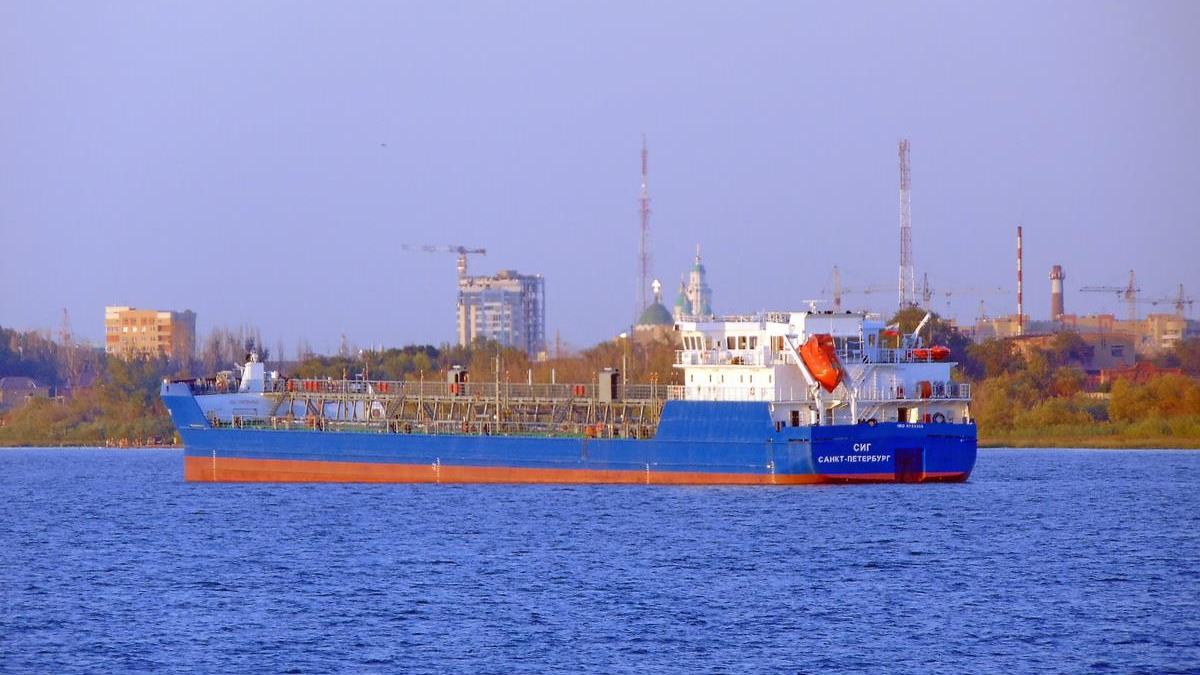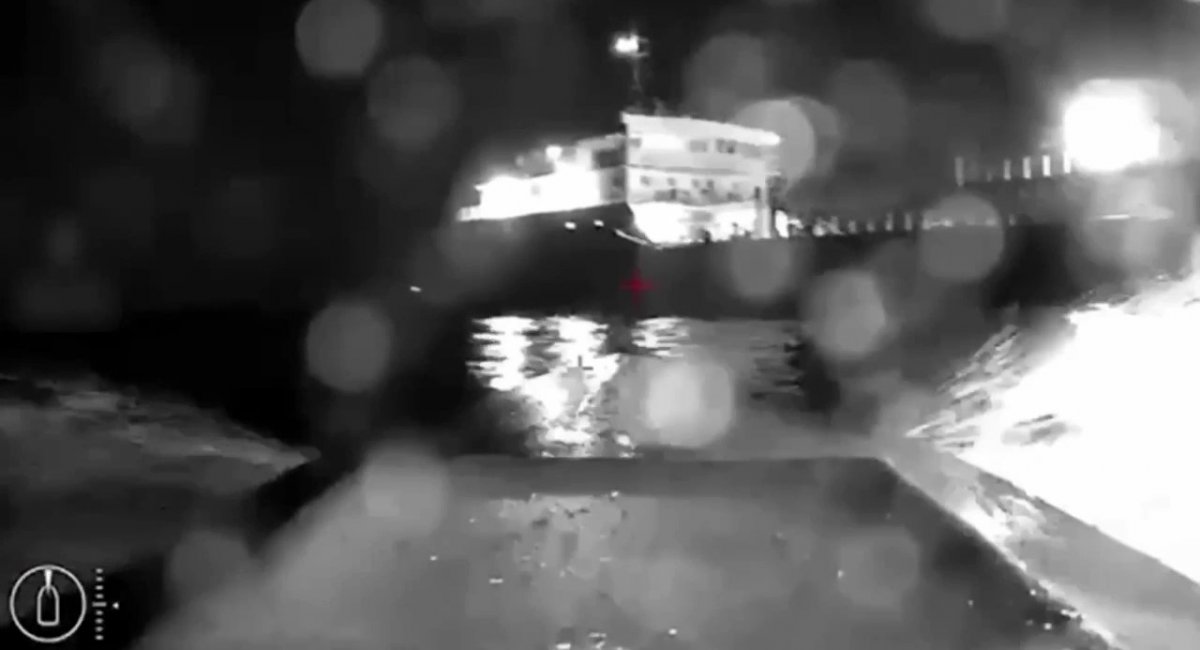
Attack on the Russian tanker Sig: why even an anti-ship missile can’t do it and how many other targets are there
The destruction of a Russian tanker in Ukrainian territorial waters by a kamikaze drone is a truly delicate strike of balanced force
Today, on August 5, a Russian tanker Sig was effectively hit at night, which was in Ukraine’s territorial waters south of the Kerch Strait.
“Any “cotton” that happens to Russian ships or the Crimean bridge is an absolutely logical and effective step towards the enemy. Moreover, such special operations are carried out in the territorial waters of Ukraine and are completely legal,” SBU Head Vasyl Malyuk has already said.
A video of the attack itself was also released, which was carried out by a kamikaze surface drone, most likely the same model that effectively disabled the large Russian landing ship Olenegorskiy Gornyak in Novorossiysk.
#BREAKING Video footage of Ukrainian kamikaze USV strike on Russian-flagged Sig oil tanker last night in the Kerch Strait. pic.twitter.com/Hb5hBvc3Xe
– Clash Report (@clashreport) August 5, 2023
And this video perfectly demonstrates that Ukrainian surface kamikaze drones have certain advantages over specialized anti-ship missiles. And it’s certainly not just about the range, since the attack obviously required over 600 kilometers, but also about the selection of the target.
For example, the operator who directly controls the drone guides it along the side of the ship, which allows him to accurately identify the vessel, and then directs it precisely to the engine room. As a result, according to the rashists themselves: there was no fuel spill, no injuries, but the vessel lost its momentum due to damage and flooding of the power plant. The latter is clearly visible in the photo from the tanker itself:
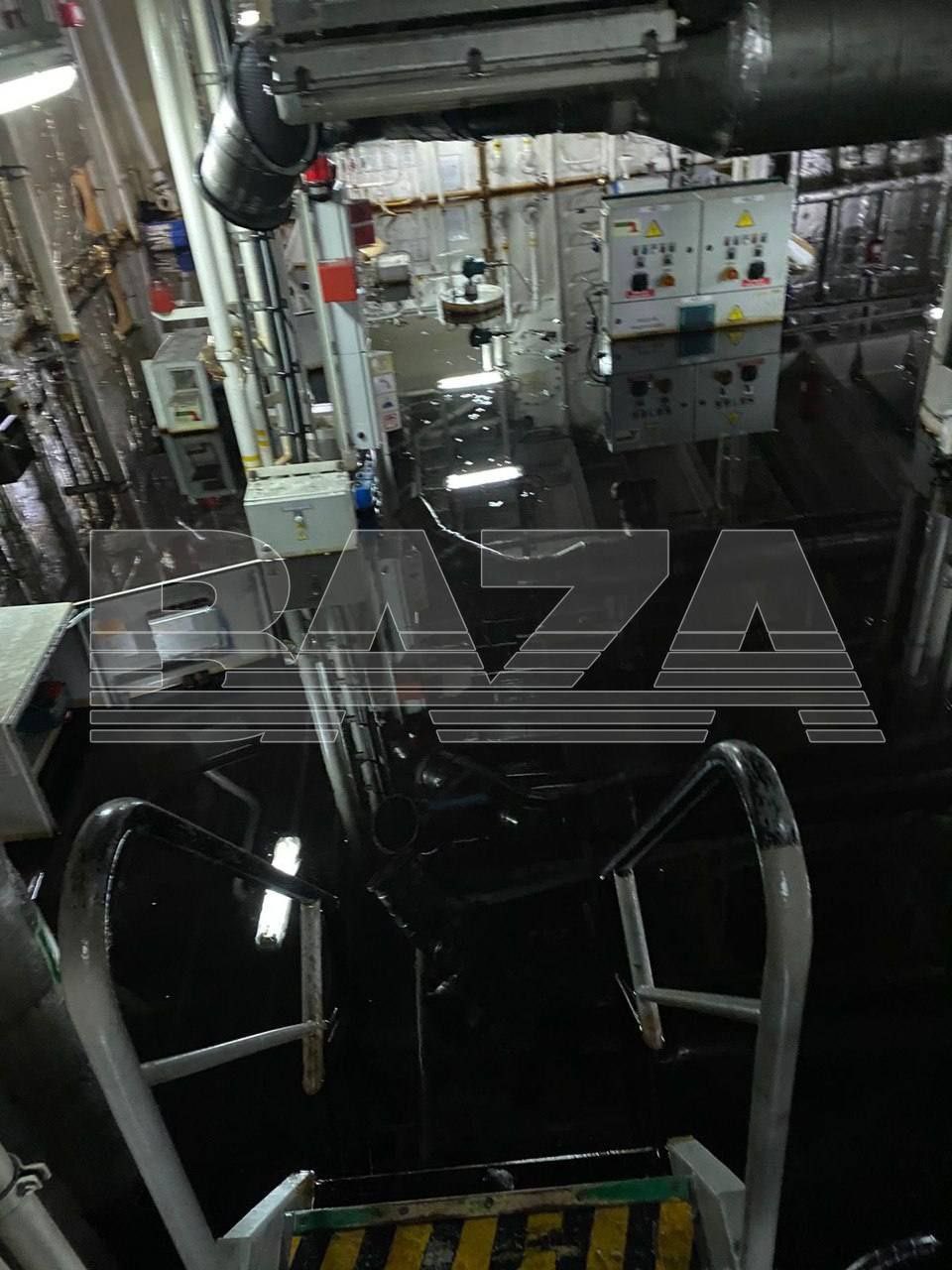
In the case of an anti-ship missile, there was no way to accurately identify the target, because the radar homing head would simply select the largest target that would fit the predefined signature. It was also unable to hit the tanker with such a high degree of precision.
That is, it was a balanced strike of the required force with minimization of the accompanying consequences, although the possibility of completely destroying the entire tanker with a blow to the center of the side was much easier.
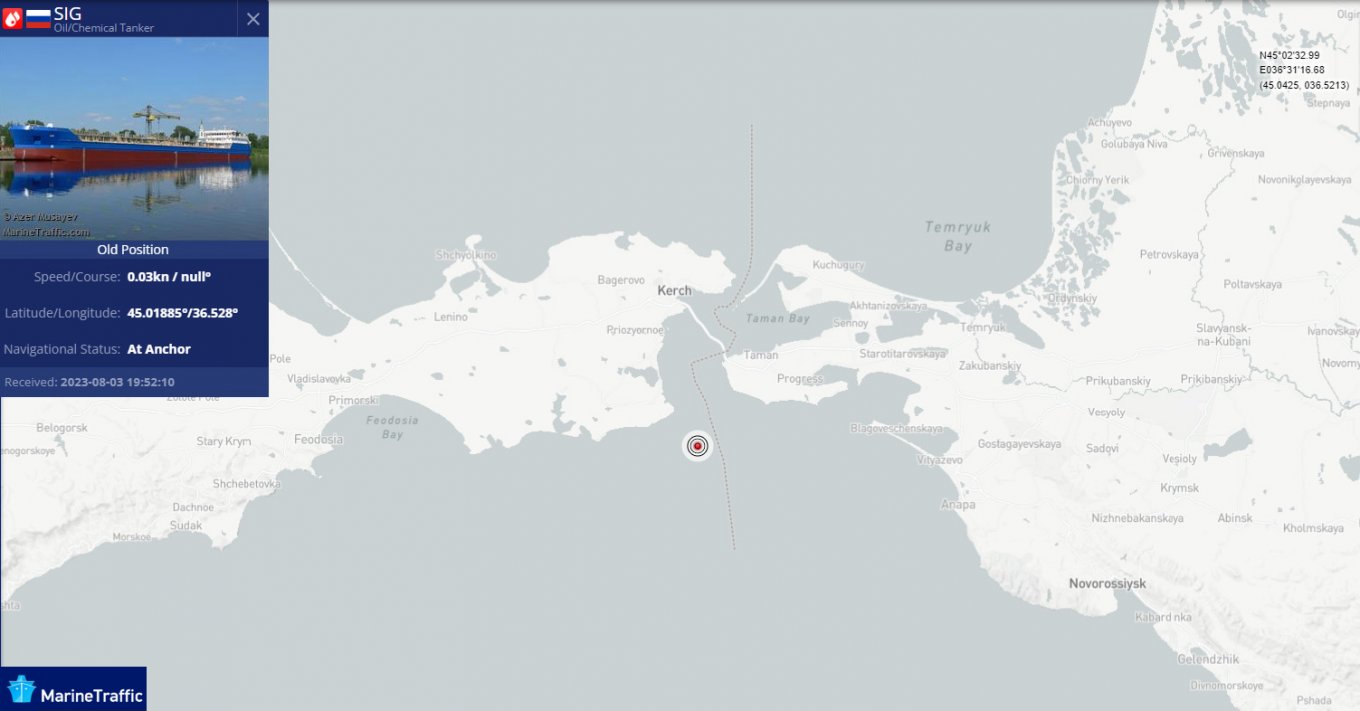
But of course, if necessary, there is also such a possibility, because according to MarinTraffic, the density of tankers in the northeastern part of the Black Sea is as follows:
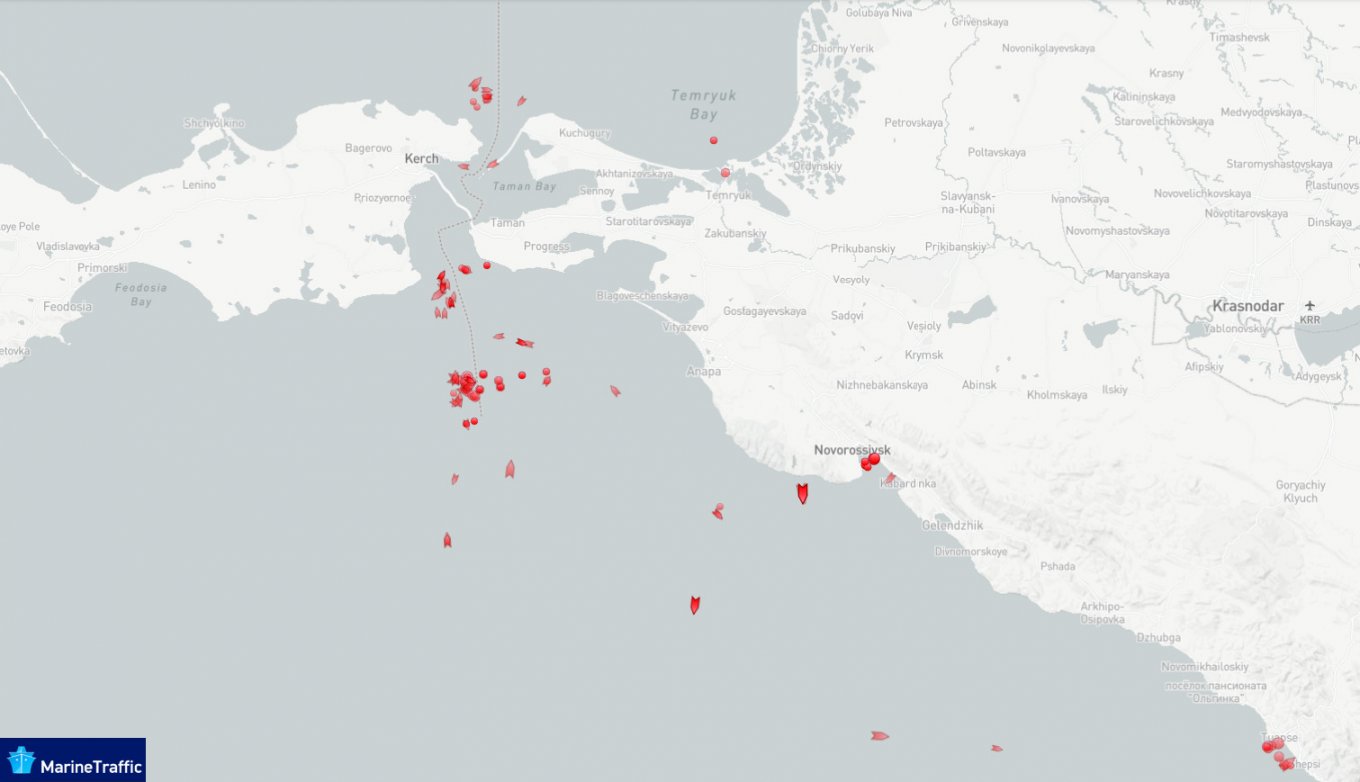 And the export of oil and other carbon waste through the Black Sea is of great economic importance to Russia. Therefore, the number of targets for such attacks is more than significant, even if we count tankers flying the Russian flag only.
And the export of oil and other carbon waste through the Black Sea is of great economic importance to Russia. Therefore, the number of targets for such attacks is more than significant, even if we count tankers flying the Russian flag only.
The Sig tanker has a home port of St. Petersburg, was built in 2014, has a deadweight of 6,619 tons and a length of 141 meters.
